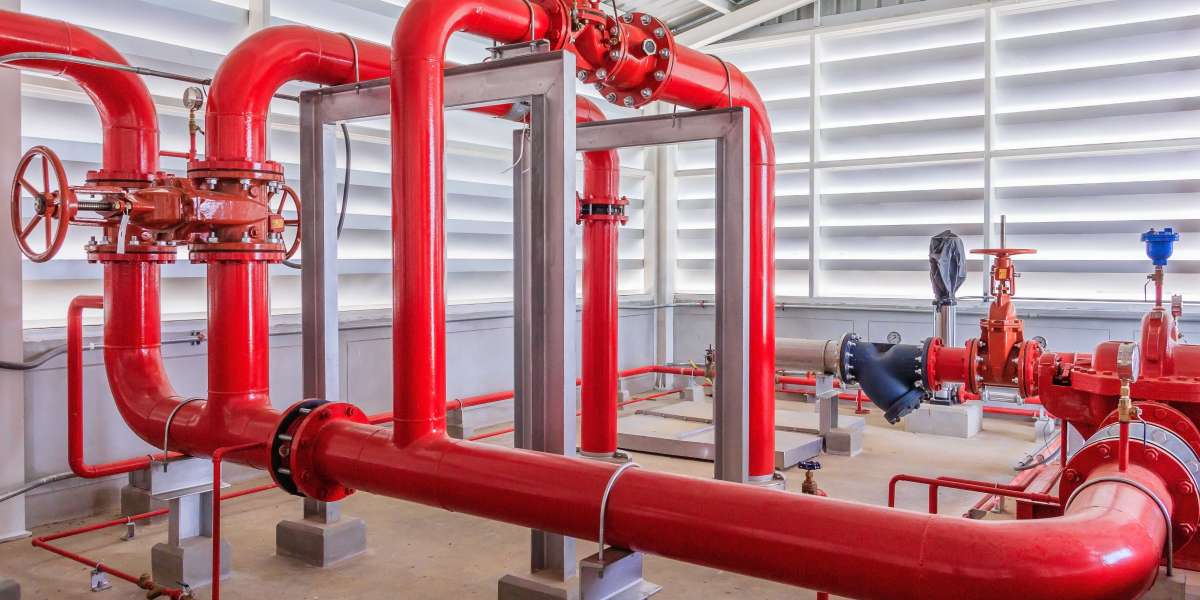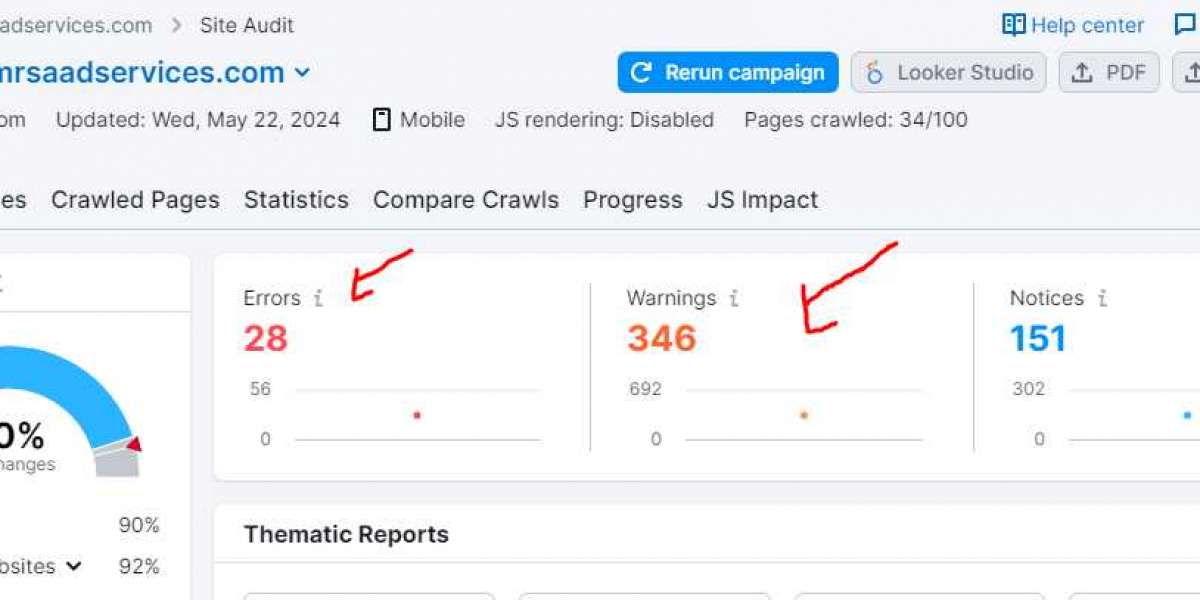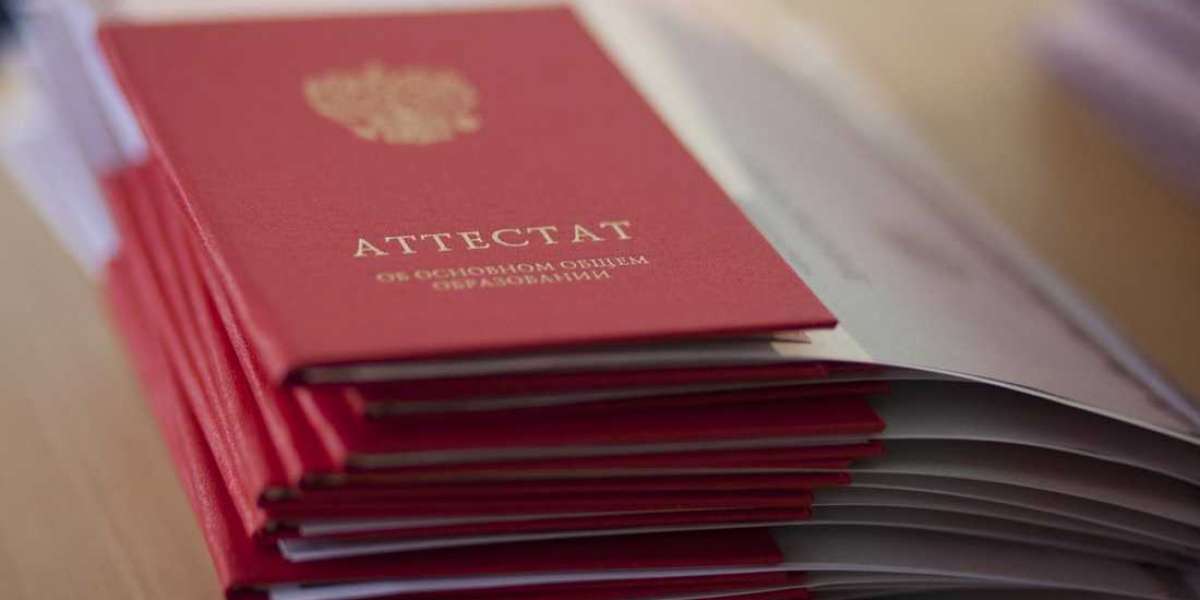Firefighting pipes, also known as fire protection pipes or fire sprinkler pipes, are specialized piping systems designed to transport water or other fire suppression agents to extinguish fires. These pipes are a critical component of fire protection systems in buildings and industrial facilities.
Uses of Firefighting Pipes:
Fire Sprinkler Systems:
- Used to distribute water to fire sprinkler heads installed in ceilings or walls of buildings. When a fire is detected, the sprinkler heads release water to suppress or extinguish the fire.
Fire Hydrant Systems:
- Connected to fire hydrants, allowing firefighters to access a reliable water supply for firefighting.
Standpipe Systems:
- Vertical pipes installed in multi-story buildings, providing firefighters with easy access to water on each floor.
Deluge Systems:
- Designed to quickly deliver large volumes of water over a specific area, typically used in high-hazard areas like chemical plants or aircraft hangars.
Foam Systems:
- Used in facilities where water alone might not be effective, such as oil refineries or chemical storage areas. These systems mix foam concentrate with water to create a foam solution that can suppress flammable liquid fires.
Wet and Dry Systems:
- Wet systems maintain water in the pipes at all times, while dry systems keep the pipes empty until a fire is detected, at which point the pipes are filled with water.
Benefits of Firefighting Pipes:
Enhanced Safety:
- Provides a reliable means of quickly delivering water or other fire suppression agents to control or extinguish fires, thereby protecting lives and property.
Compliance with Regulations:
- Essential for meeting building codes and fire safety regulations, ensuring that structures are legally compliant and safe for occupancy.
Rapid Response:
- Allows for an immediate response to fires, significantly reducing the potential for damage and the spread of fire.
Versatility:
- Can be used in a variety of environments, including residential, commercial, industrial, and public buildings.
Durability:
- Made from materials that can withstand high pressure and temperature, ensuring long-lasting performance even in emergency situations.
Low Maintenance:
- Designed to require minimal maintenance, with regular inspections ensuring that the system remains operational and ready to use.
Firefighter Support:
- Provides firefighters with a reliable water supply, enhancing their ability to combat fires effectively and safely.
Insurance Benefits:
- Buildings equipped with proper fire protection systems may benefit from lower insurance premiums due to the reduced risk of fire damage.
Peace of Mind:
- Knowing that an effective fire protection system is in place can provide peace of mind to building occupants, owners, and managers.
Types of Materials Used in Firefighting Pipes:
Galvanized Steel:
- Commonly used due to its strength and corrosion resistance.
Stainless Steel:
- Preferred in environments where corrosion resistance is paramount, such as in chemical plants or coastal areas.
Copper:
- Used in certain applications due to its durability and resistance to corrosion.
CPVC (Chlorinated Polyvinyl Chloride):
- A type of plastic pipe that is lightweight, easy to install, and resistant to corrosion and scale buildup.
Ductile Iron:
- Used in some high-pressure applications due to its strength and durability.
Firefighting pipes are a crucial element of fire protection systems, offering a reliable means to deliver fire suppression agents and enhance the safety of buildings and their occupants. Their ability to quickly respond to fires and their durability make them indispensable in modern fire safety infrastructure.
More Read: Best Firefighting Pipes | Fire Line Pipe Fittings








